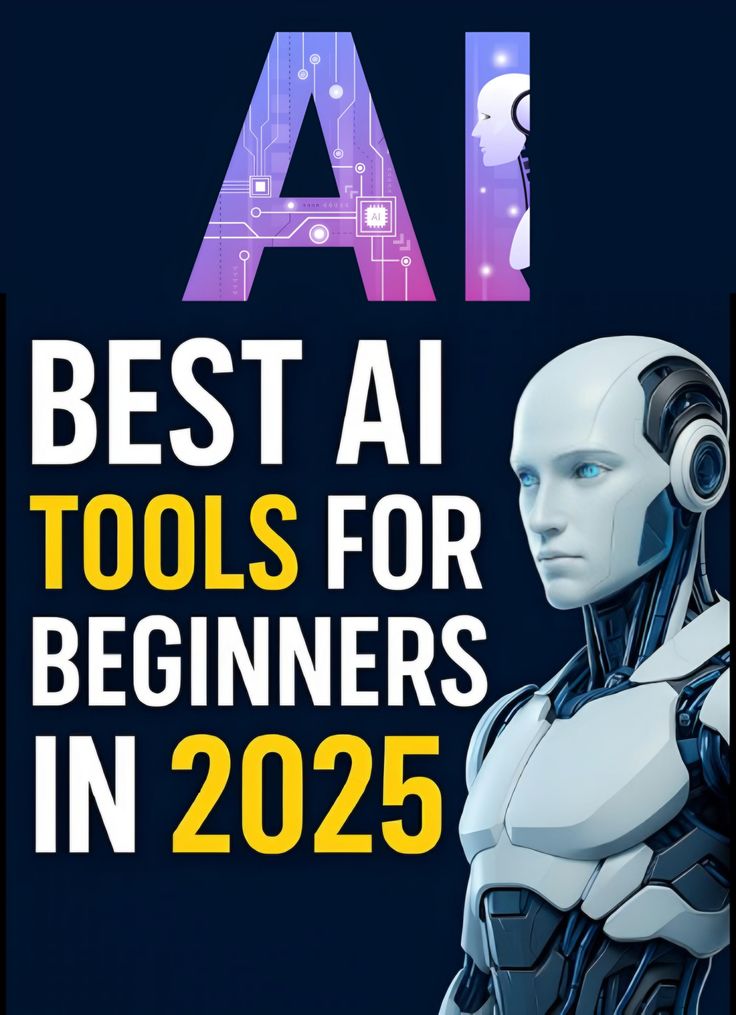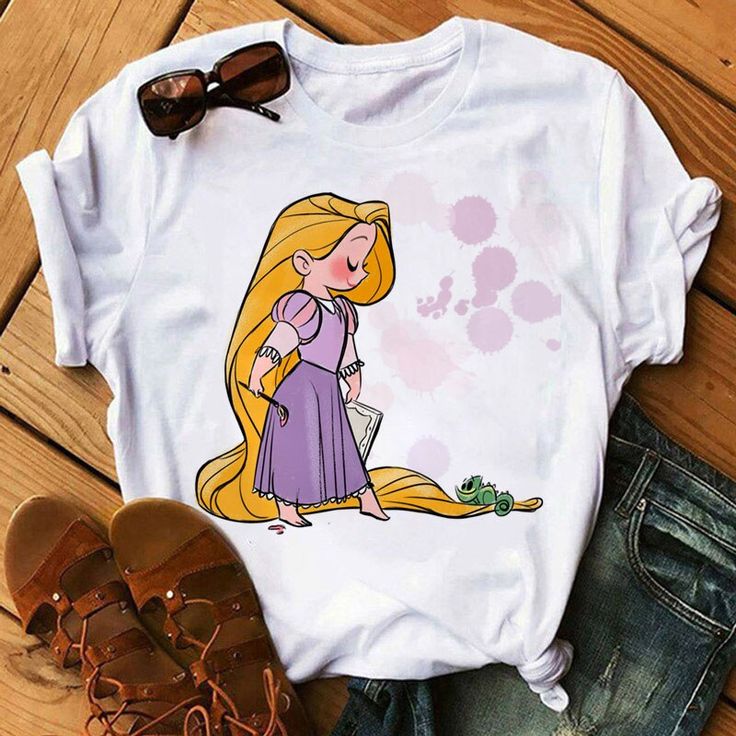Sure! Here’s a 500-word SEO-optimized article on AI tools in social media:
In 2025, the integration of AI tools in social media has transformed how businesses and influencers engage with audiences, analyze data, and automate content. As the demand for real-time, personalized content grows, artificial intelligence is leading the charge in optimizing performance across platforms like Instagram, TikTok, Facebook, X (formerly Twitter), and LinkedIn.
What Are AI Tools for Social Media?
AI tools for social media are software applications that use artificial intelligence and machine learning to manage, analyze, and optimize social media activities. These tools help with content creation, sentiment analysis, trend prediction, chat automation, and data-driven decision-making.
Popular examples include ChatGPT, Buffer AI Assistant, Canva’s Magic Studio, Lately.ai, and Hootsuite’s AI features.
Key Benefits of AI Tools on Social Media
1. Automated Content Creation
AI tools like Jasper and Copy.ai generate captions, tweets, and even long-form posts tailored to specific tones and audiences. These platforms help brands maintain a consistent voice while saving time and resources. Visual AI tools such as Canva’s Magic Design use generative AI to create graphics, reels, and stories in seconds.
2. Data-Driven Insights and Analytics
AI-driven analytics platforms identify which types of content perform best, the ideal posting times, and audience behavior trends. Tools like Sprout Social and Brandwatch analyze massive datasets to offer actionable insights, helping marketers refine their strategies.
3. Social Listening and Sentiment Analysis
Understanding public sentiment is critical. AI tools monitor conversations across social platforms to gauge customer sentiment. This helps brands detect PR issues early, understand brand perception, and craft responses accordingly.
4. Chatbots and Customer Support
AI-powered chatbots like ManyChat and MobileMonkey provide 24/7 customer service across Facebook Messenger, Instagram, and WhatsApp. They answer common questions, take orders, and qualify leads, improving user experience and engagement.
5. Influencer Marketing Optimization
AI helps identify influencers that align with your brand’s values and target audience. Platforms like Heepsy and Upfluence use AI to analyze influencer credibility, engagement rates, and audience demographics.
How AI Tools Boost SEO and Engagement
Using AI tools improves your SEO for social media by optimizing keywords in captions, improving alt-text for images, and predicting trending hashtags. AI also suggests posting schedules that align with your audience’s activity, maximizing engagement and reach.
For example, AI tools can suggest keywords like “AI in social media marketing”, “AI tools for Instagram growth”, or “social media automation tools 2025” to boost your content’s visibility in search engines and platform algorithms.
The Future of AI in Social Media
As AI continues to evolve, we can expect more personalization, deeper data analysis, and enhanced automation. Voice and video generation, advanced image recognition, and predictive content planning will become standard.
Brands that embrace AI tools in social media will gain a significant edge in audience engagement, campaign ROI, and digital visibility.
Conclusion
AI tools are no longer optional—they’re essential for any effective social media strategy in 2025. By leveraging these tools, marketers can stay ahead of trends, engage meaningfully with audiences, and maximize their digital impact. Whether you’re a small business or a global brand, now is the time to harness the power of AI in social media.
Let me know if you’d like it formatted for a blog post (with meta description, slug, etc.) or tailored to a specific niche like e-commerce, influencers, or SaaS.

 **The Rise of AI Image Development: Revolutionizing Visual Content Creation**
**The Rise of AI Image Development: Revolutionizing Visual Content Creation**
